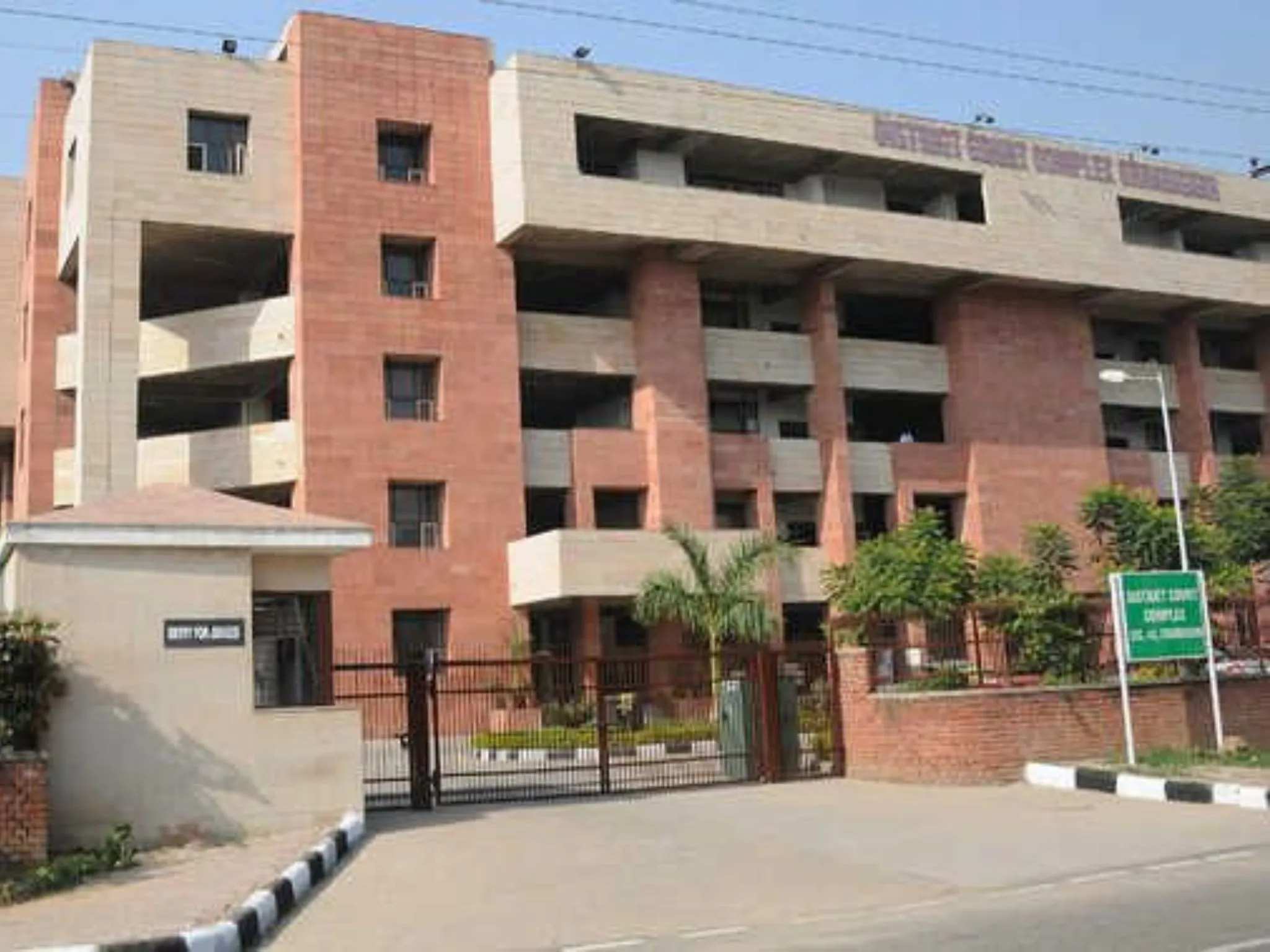
The Architectural Marvel: High Court of Punjab and Haryana
Nestled in the heart of Chandigarh, the High Court of Punjab and Haryana stands as a symbol of architectural grandeur and legal significance. Designed by the renowned French Architect Le Corbusier, this institution serves the states of Punjab and Haryana, along with the Union territory of Chandigarh.
A Masterpiece in Chandigarh
The capital city provides the perfect backdrop for this architectural masterpiece. Surrounded by the majestic Shivalik Range, the High Court Complex is not just a legal hub but also a visual delight for architecture enthusiasts. Le Corbusier’s vision comes to life in the design, making the Court Complex a subject of admiration and study for students of architecture from across the globe.
Attracting Architecture Aficionados
The High Court’s distinctive architecture has turned it into a pilgrimage site for budding architects. Its unique features and innovative design elements captivate the imagination of students seeking to understand the interplay of form and function. The premises become a living textbook, allowing aspiring architects to delve into the intricacies of a structure that seamlessly blends modernity with cultural context.
A Tourist Hotspot
Beyond its legal duties, the High Court has become a significant attraction for tourists visiting Chandigarh. The Court Complex, with its striking façade and well-maintained surroundings, draws visitors eager to witness the fusion of legal prowess and architectural brilliance. It’s not just a place of legal proceedings; it’s a destination that narrates a story of aesthetics and purpose.
Exploring the High Court Premises
A key feature of the High Court building is its on-site museum, offering a curated display of artifacts, rare documents, and visual representations showcasing the evolution of the High Court’s architecture. This museum serves as a time capsule, allowing visitors to trace the steps that led to the creation of this iconic structure.
A Journey Through History
Step inside the museum, and you’ll embark on a journey through time. The artifacts and depictions reveal the meticulous planning and execution that went into the construction of the High Court Building. From the initial concept to the final structure, every phase is documented, providing a rich historical context to complement the architectural splendor.
Conclusion
The High Court of Punjab and Haryana is not merely a legal institution; it’s a cultural and architectural landmark that beckons visitors to witness the intersection of law and design. Whether you are a law student, an architecture enthusiast, or a curious traveler, a visit to this iconic structure promises an enriching experience, unraveling the layers of history and creativity within its walls.

